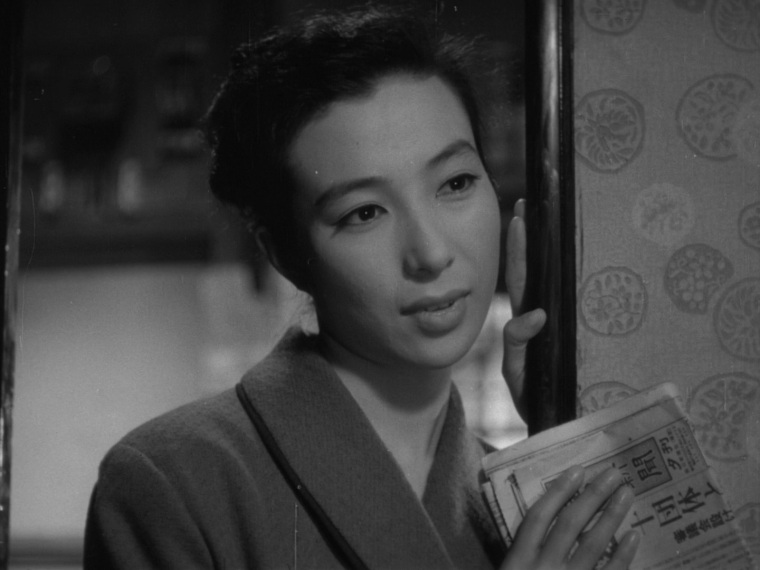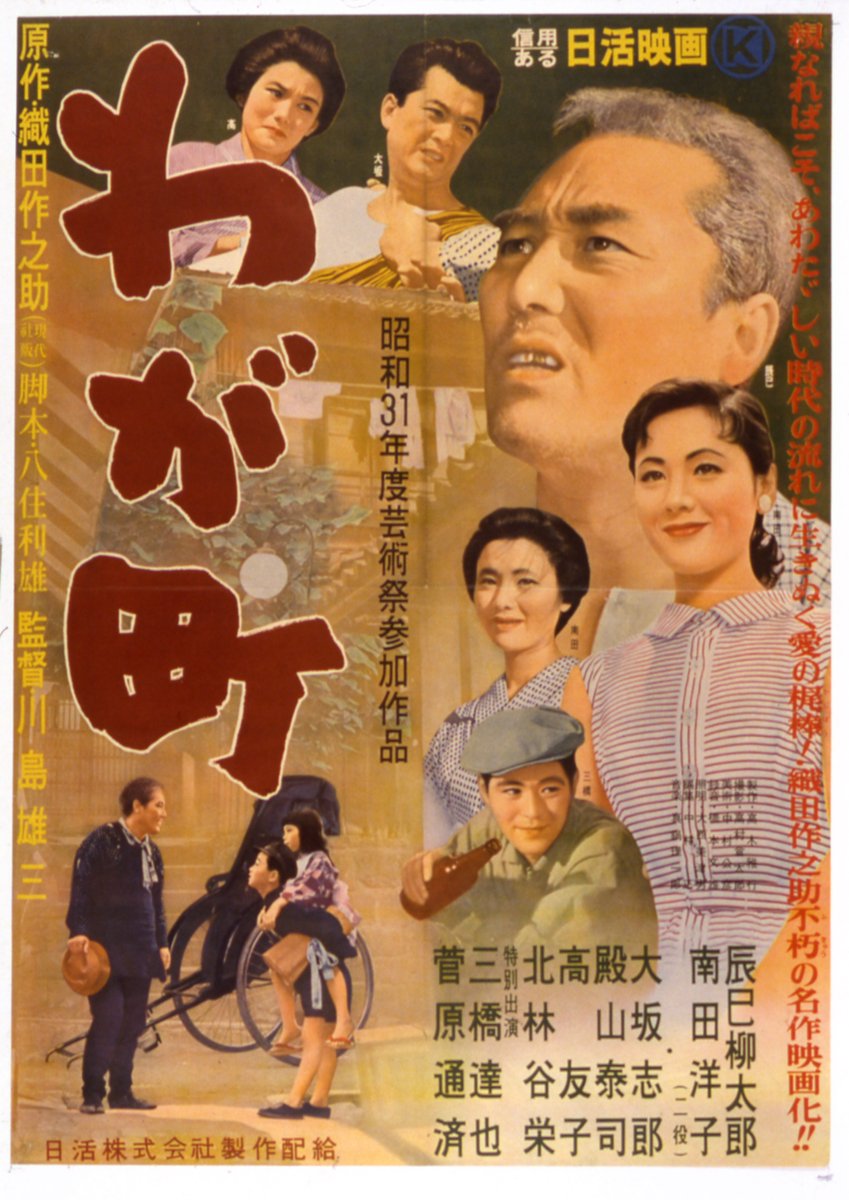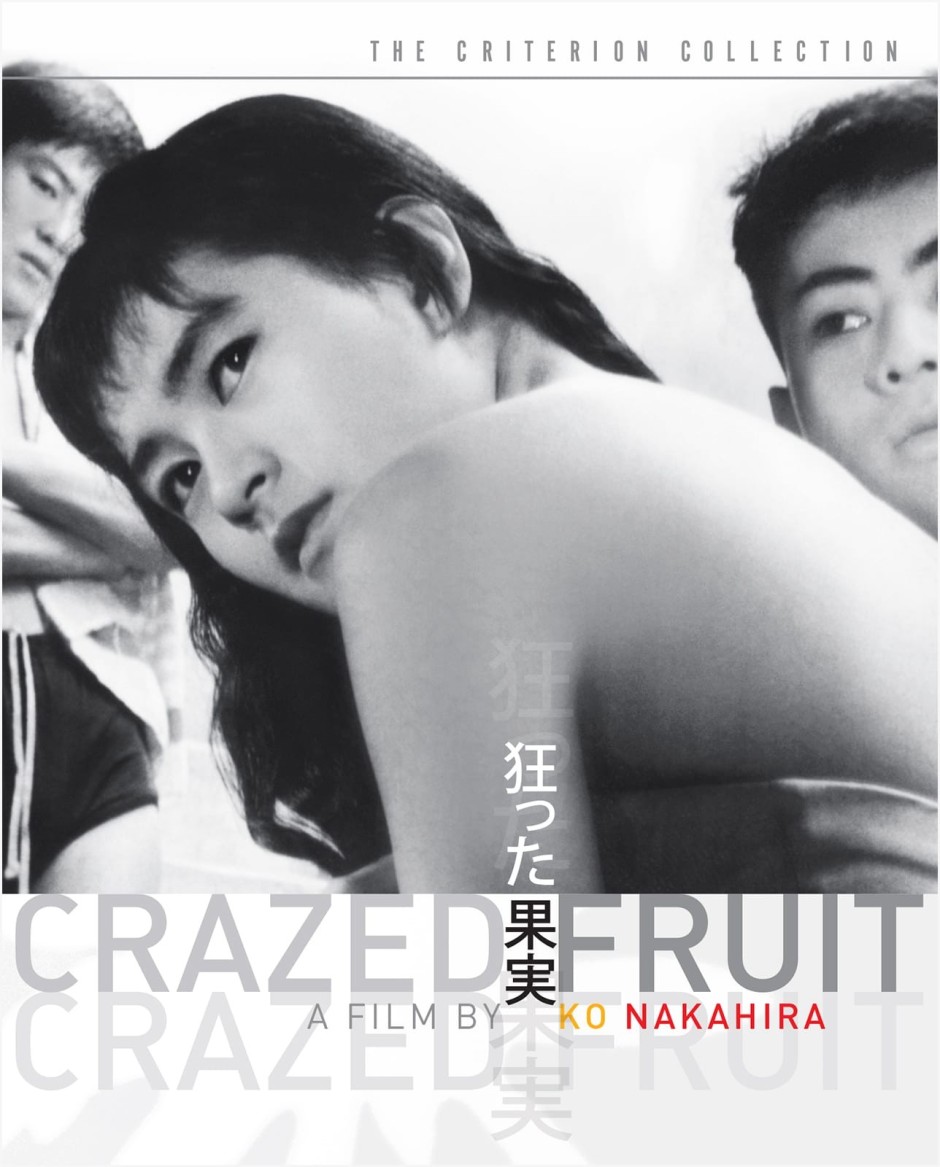Continuing my films seen on Mubi week, it’s incredible now, but perhaps unsurprising, to reflect that Japan produced such a huge wealth of filmmaking talent after the war that has been so little appreciated (at least here) despite the many decades that have since elapsed. Mubi has inaugurated a retrospective dedicated to one such underappreciated talent (director Yuzo Kawashima), whose films are well-regarded by the Japanese film community, but almost unknown—and certainly largely unavailable—in English. Despite his lack of Western renown, his Bakumatsu Taiyoden (A Sun-Tribe Myth from the Bakumatsu Era, 1957) has its acolytes, especially in Japan where it comes near the top of a lot of best-ever lists, but perhaps the titles just didn’t translate so well in English. It’s frustrating that in the UK only three of his many films were made available on Mubi; when I travelled earlier this month to Australia, I found a lot more of them, though sadly (being on holiday) did not take up the opportunity to watch them all.
Suzaki Paradise: Red Light (1956). Director Kawashima’s most famous film Bakumatsu Taiyoden is admirable in many ways, but this is one you really feel. It’s set in a poor area of town—the name, Suzaki Paradise, lit up in neon on a sign by a bridge as you enter, is of course ironic — where people work hard to just try to stay afloat. One such is Tsutae (Michiyo Aratama), who works as a hostess at a small bar, while her surly looking husband Yoshiji (Tatsuya Mihashi) scowls beside her, perhaps feeling better than her or somehow ashamed of having to take on a delivery job to make ends meet, but who clearly has trouble accepting his pretty wife’s flirtations with the customers. The film feels like a direct commentary on double-standards in Japanese society, and on the grift required of women in precarious working situations, and like Kawashima’s more famous film of the following year, it also obliquely comments on a contemporary ban on prostitution by showing the human side of the work. It very much looks of a piece with a lot of other celebrated works of the period, ones by Mizoguchi or Ozu perhaps, with an incisive sense of social justice and a keen eye for a good shot.

The Balloon (1956). This gloriously stylish melodrama shows an effortless empathy towards the young women at its heart, whose choices are limited in society and who are often judged and exploited by the men around them. In this case, the amoral son Keikichi (Tatsuya Mihashi) of a former painter and now successful business owner (played by Masayuki Mori, whose character, by the by, happens to share a name with a famous modern novelist, Haruki Murakami) has a mistress whom he abandons for a cabaret singer (Mie Kitahara). This is all set out in the first half, before events take a turn and the family basically implodes. It all unfolds like a slow-motion car crash of emotional disintegration, and beautifully shot in monochrome amongst the nightclubs and middle-class homes of contemporary Tokyo.

Our Town (1956). I perhaps liked this particular Kawashima film a little less than some of his other titles. It’s a generational story about a road worker nicknamed Taa (Ryutaro Tatsumi) who returns in triumph from a dangerous period of work in the Philippines around the turn of the century, before settling back into life in Kyoto. He’s a manic and difficult presence, a fighty patriarch with a back tattoo (frowned upon in Japanese society, where it is considered the mark of a gangster) whose partner dies and who raises respectively a daughter and a granddaughter, who come to turn against him and the values he encapsulates. Like a lot of Kawashima films, it has its melodrama, but in the service of this central message.
CREDITS


洲崎パラダイス赤信号 Suzaki Paradaisu Akashingo (Suzaki Paradise: Red Light aka Suzaki Paradise: Akashingo, 1956) — Director Yuzo Kawashima 川島雄三; Writers Toshiro Ide 井手俊郎 and Nobuyoshi Terada 寺田信義; Cinematographer Kurataro Takamura 高村倉太郎; Starring Michiyo Aratama 新珠三千代, Tatsuya Mihashi 三橋達也, Yukiko Todoroki 轟夕起子; Length 81 minutes. Seen at home (Mubi streaming), London, Thursday 6 February 2020. 

風船 Fusen (The Balloon, 1956) — Director Yuzo Kawashima 川島雄三; Writers Shohei Imamura 今村昌平 and Kawashima (based on a novel by Jiro Osaragi 大佛次郎); Cinematographer Kurataro Takamura 高村倉太郎; Starring Masayuki Mori 森雅之, Tatsuya Mihashi 三橋達也, Mie Kitahara 北原三枝, Izumi Ashikawa 芦川いずみ; Length 110 minutes. Seen at holiday accommodation (Mubi streaming), Melbourne, Tuesday 3 March 2020. 

わが町 Waga Machi (Our Town, 1956) — Director Yuzo Kawashima 川島雄三; Writer Toshio Yasumi 八住利雄 (based on the novel by Sakunosuke Oda 織田作之助); Cinematographer Kurataro Takamura 高村倉太郎; Starring Ryutaro Tatsumi 辰巳柳太郎, Yoko Minamida 南田洋子, Shiro Osaka 大坂志郎; Length 98 minutes. Seen at home (Mubi streaming), London, Wednesday 18 March 2020. 


